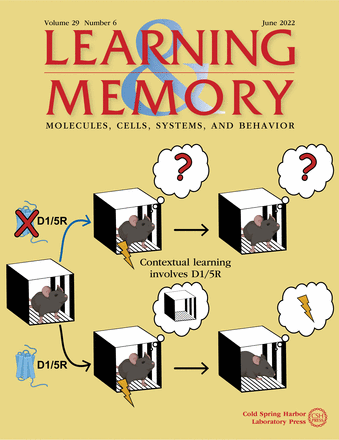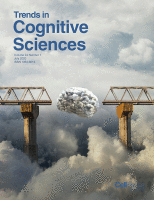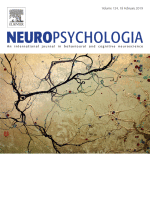ERC
Long Term Structural and Functional Plasticity | Rotem Botvinik-Nezer
This project focuses on the neural basis of long term behavioral change. By combining the behavioral paradigm of the cue approach task (Schonberg et al., 2014) and advanced non-invasive imaging methods (mainly but not only diffusion MRI and fMRI), we are investigating the structural and functional neuroplasticity, which accompanies this change in preferences and choice behavior, both in the short and the long term. The goal is to better understand how we learn (particularly learning through associations and non-reinforced learning), how preferences are performed and which structural and functional brain changes reflect these behaviors.
CAT with Faces – fMRI study | Tom Salomon
Using fMRI we aim to uncover underlying plasticity processes induced by CAT with faces.
Value Representation and Change of Primary Reinforcers | Shiran Oren
This project focuses on human (mal) adaptive eating behavior. Every day, people choose to eat unhealthy food, despite being aware of severely damaging consequences, such as diabetes and heart disease. Many remain captives by primal behavior, despite technological and scientific advances of our time, even despite their own better judgment. We study the neural and behavioral processes of decision making, with emphasis on the comparison of different behavioral change interventions, and the exploration of sensory vs. value representations of tastes. We believe the key to effective interventions is understanding such behaviors. This way we can help people regain control of their well-being.
Characterizing habit learning in the human brain at the individual and group levels (using multi-modal MRI methods) | Rani Gera
This project focuses on characterizing the formation and manifestation of habits in humans. We are particularly interested in the transition from goal-directed to habitual action control (through repetitive training). We use behavioral, physiological and multi-modal MRI methods in a well-powered sample. Specifically, we try to (1) replicate the substantial neurobehavioral findings of Tricomi et al. (2009), to date the only study that has demonstrated habit formation through repetitive training, (2) test for functional and microstructural neuroplasticity associated with habit formation and manifestation, (3) investigate the relationships between similar functional and microstructural plasticity and individual habit expression, and (4) try to predict individual tendency to form habits based on functional networks (at resting state). This study has been granted an “in principle acceptance” for a special registered report volume in Neuroimage.
Relevant Papers:
Oren, S., Sela, T., Levy, D. J., & Schonberg, T. (2020). Item features interact with item category in their influence on preferences. Frontiers in psychology, 11, 988.
Botvinik-Nezer, R., Salomon, T., & Schonberg, T. (2019). Enhanced bottom-up and reduced top-down fMRI activity is related to long-lasting nonreinforced behavioral change. Cerebral Cortex, 30(3), 858-874.
Gera, R., Barak, S., & Schonberg, T. (2019). Counterconditioning following memory retrieval diminishes the reinstatement of appetitive memories in humans. Scientific reports, 9(1), 1-11.
Aridan, N., Pelletier, G., Fellows, L. K., & Schonberg, T. (2019). Is ventromedial prefrontal cortex critical for behavior change without external reinforcement?. Neuropsychologia, 124, 208-215.
Salomon, T., Botvinik-Nezer, R., Gutentag, T., Gera, R., Iwanir, R., Tamir, M., & Schonberg, T. (2018). The Cue-Approach Task as a General Mechanism for Long-Term Non-Reinforced Behavioral Change. Scientific reports, 8(1), 1-13.







.jpg)










